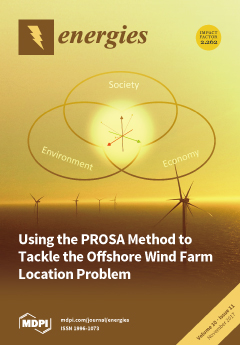The charging infrastructure plays a key role in the healthy and rapid development of the electric vehicle industry. This paper presents an energy management and control system of an electric vehicle charging station. The charging station (
CS) is integrated to a grid-connected hybrid power system having a wind turbine maximum power point tracking (
MPPT) controlled subsystem, photovoltaic (
PV)
MPPT controlled subsystem and a controlled solid oxide fuel cell with electrolyzer subsystem which are characterized as renewable energy sources. In this article, an energy management system is designed for charging and discharging of five different plug-in hybrid electric vehicles (
PHEVs) simultaneously to fulfil the grid-to-vehicle (
G2V), vehicle-to-grid (
V2G), grid-to-battery storage system (
G2BSS), battery storage system-to-grid (
BSS2G), battery storage system-to-vehicle (
BSS2V), vehicle-to-battery storage system (
V2BSS) and vehicle-to-vehicle (
V2V) charging and discharging requirements of the charging station. A simulation test-bed in Matlab/Simulink is developed to evaluate and control adaptively the
AC-DC-AC converter of non-renewable energy source,
DC-DC converters of the storage system,
DC-AC grid side inverter and the converters of the
CS using adaptive proportional-integral-derivate (
AdapPID) control paradigm. The effectiveness of the
AdapPID control strategy is validated through simulation results by comparing with conventional
PID control scheme.
Full article





